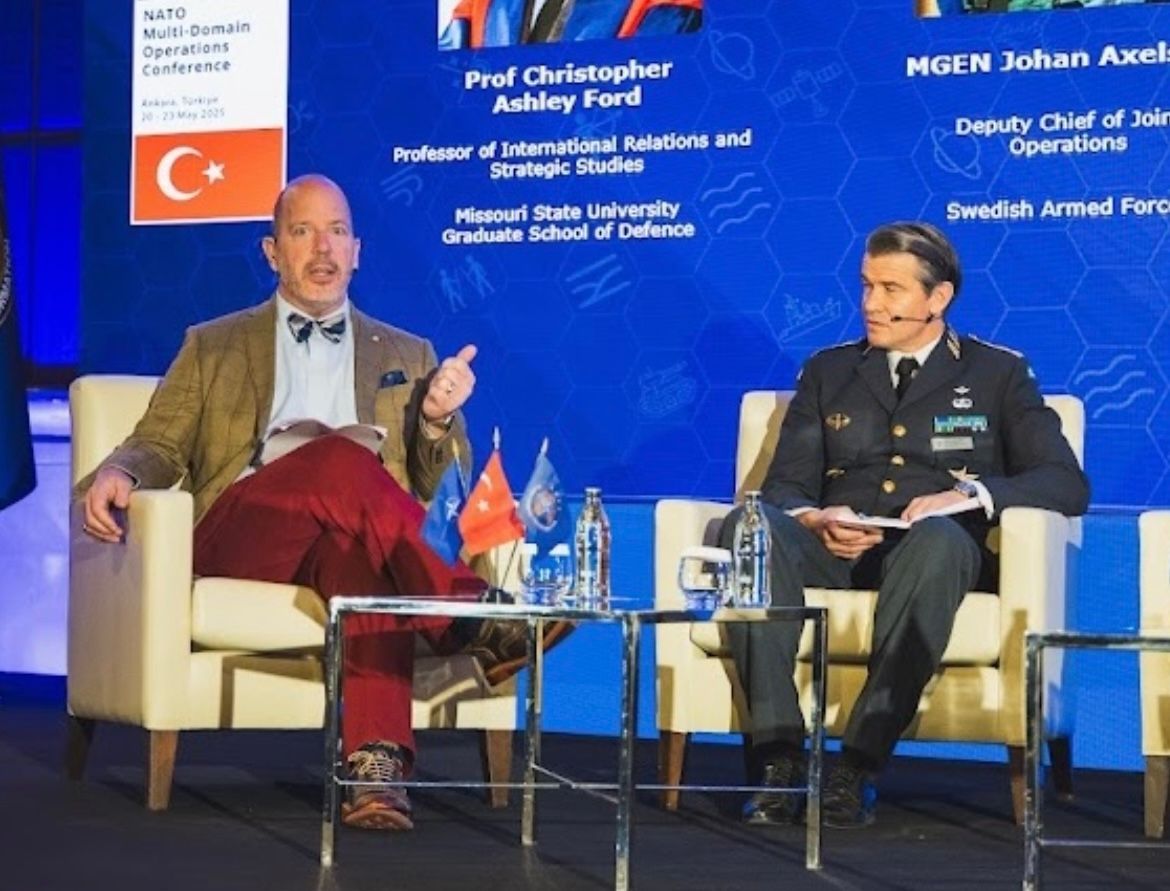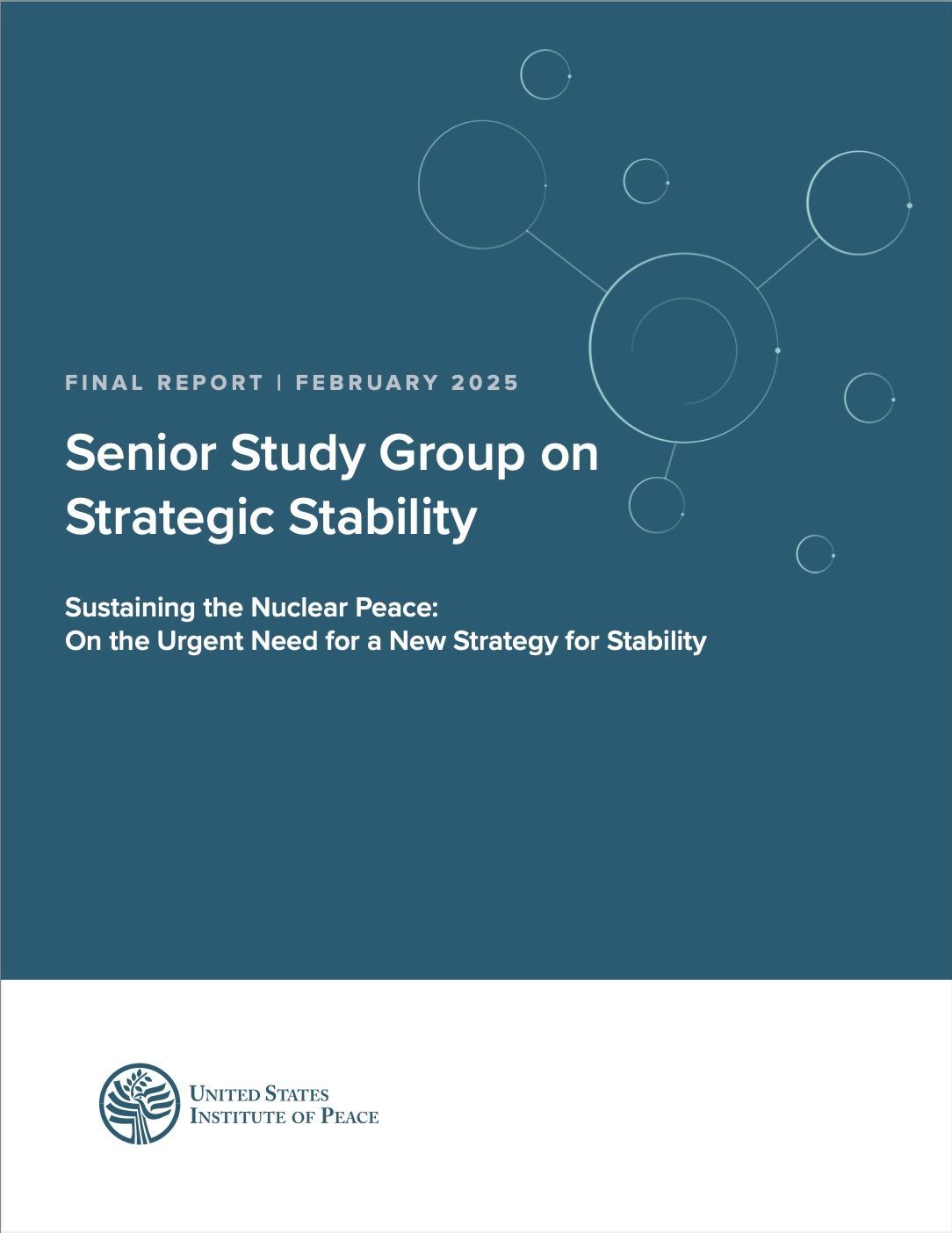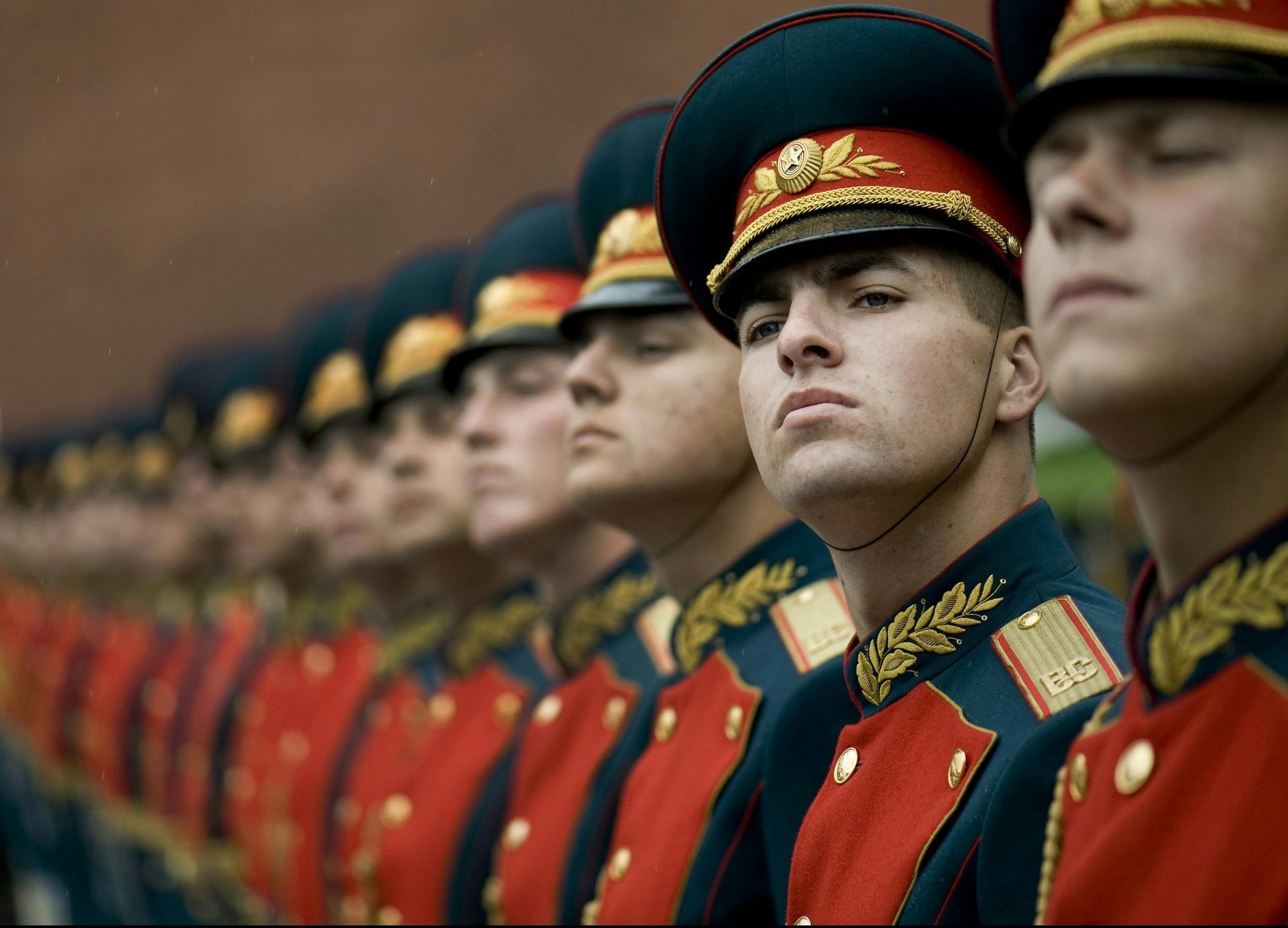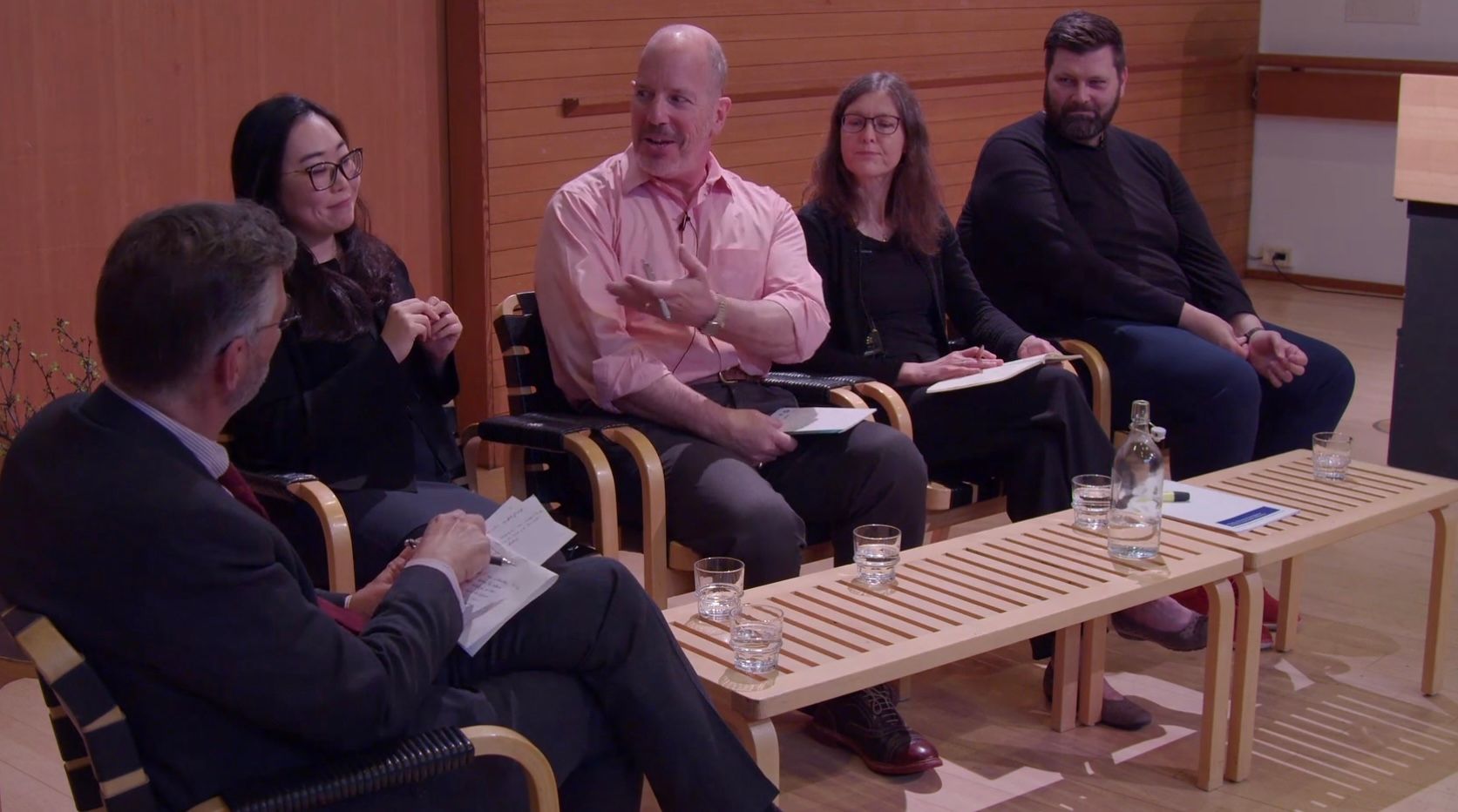NATO Multi-Domain Operations: Full Time, not just Wartime
Below is the prepared text upon which Dr. Ford based his opening remarks on May 21, 2025, when moderating the opening panel – entitled “NATO and Allied Perspectives on Multi-Domain Operations: A Common Understanding or Diverging Views?” – at the conference on Multi-Domain Operations sponsored by NATO’s Supreme Allied Command Transformation (ACT) in Ankara, Türkiye. (His remarks consisted only of his personal views, and do not necessarily represent those of anyone else.)

Good morning, everyone, and welcome to our opening panel for the conference.
My name is Chris Ford, and I’m a professor with Missouri State University’s School of Defense and Strategic Studies who spent many years in the U.S. foreign policy and national security world, ending up as a Senior Director on the National Security Council staff and then as U.S. Assistant Secretary of State. It’s a delight to be here to get this conference discussion going on the important topic of NATO Multi-Domain Operations (MDO).
MDO, of course, is a concept toward which the Alliance describes itself as making a “pivotal shift.” It envisions that actions “across all operating domains and environments” will be “synchronized with non-military activities and enable the Alliance to create desired outcomes at the right time and place.”
MDO is thus quite holistic in its vision, as it seeks to create “tailored options that build an advantage in shaping, contesting and fighting and present[] dilemmas that decisively influence the attitudes and behaviours of adversaries.” The aim is to “empower the Alliance to strategically influence events, synchronize efforts with external stakeholders, and present formidable challenges to adversaries.”
While NATO’s enthusiasm for effective multi-domain integration is certainly welcome, however – indeed, I might venture, somewhat overdue – the basic concept of cross-cutting integrative synergy in some respects quite ancient. Naturally, it has meant different specific things in different eras of conflict. Nevertheless, you can see rough conceptual antecedents developing across many centuries, at progressively greater and greater levels of complexity and sophistication, and involving more and more domains.
One can see such coordination, for instance, at least as early as Alexander’s coordination of the Macedonian phalanxes and cavalry in his first great encounter with the Persian King of Kings, Darius III, at the Battle of Issus in 333 B.C.E. Add a new element to the coordination of infantry and cavalry – specifically, artillery – and you can see a much later example of synergistic coordination at Waterloo. Fast forward a century and a half, and you have the extraordinary symphony of air, land, and sea combined arms activity on D-Day in 1945. More recently, we have continued the progression by trying to work cyber and space operations into the mix.
So the aspiration to integrate and coordinate has always been there – as have both the potentially huge rewards for getting it right, and the potentially huge penalties for getting it wrong, or at least when the other guy does such coordination better than you do.
But to my outsider’s eye, at least, NATO’s current push into MDO seems unprecedentedly ambitious, for at least three reasons.
- To begin with, NATO – with a remarkable 32 members – is more multi-national today than any other alliance I can think of, ever in human history. That is in many ways a strength, as a result of all the diverse capabilities Alliance members bring to the table. But it also presents a huge challenge, because – as all of you know so well – coordination across such a broad collection of separate national communities is hard.
- Second, even if you’re just talking about outright warfighting, we must today integrate more domains than ever before. The list is formidable, and far beyond the comprehension of any historical Alexander. It now involves infantry, armor, artillery, air, surface, subsurface, electronic warfare, information operations, cyberspace activity, outer space operations, and special operations, at the least – and it needs to do this well at a time when unmanned and increasingly autonomous systems also seem to be revolutionizing how wars are fought, with unclear implications for the future.
- Third, and most importantly for present purposes, NATO MDO is also not just a wartime concept but a full-time concept. As NATO sees it, MDO aspires to “synchroniz[e] the capabilities of the … member nations’ Nationally Integrated Instruments of Power with the Alliance’s existing military capabilities,” and it explicitly includes such things as “economic sanctions, information campaigns and diplomatic activities.” MDO thus also aims to create better results not only in war, but in peacetime – as well as in that murky, ambiguous zone that we’re now discovering actually lies in between outright war and genuine peace.
Altogether, these three factors present a hell of a challenge.
Nevertheless, that challenge is an appropriate one to set for ourselves at a time in which the Alliance faces threats – unprecedented in a generation, at least – from predatory great power revisionists in Russia and China who also now view strategic competition in quite ruthlessly holistic and multi-domain ways that do not seem sharply to distinguish between peacetime and wartime.
As thoughtfully studied in the work of scholars such as Dima Adamsky, present-day Russian strategic concepts look less like Western approaches to “deterrence” than they do simply a general theory of coercive bargaining, focused upon gaining advantage in either offensive or defensive situations, and envisioning complex multi-variable gradients of escalatory force. In this conception, “when Russia is maneuvering from one domain to another, all tools of influence should merge and then move as one organic whole into the sphere where the main engagement is taking place.”[1] The Russian aim seems to be to “synthesize nuclear, conventional, and nonkinetic forms of influence” into one overall, holistic framework usable in both peacetime and conflict.[2]
Indeed, both of our major strategic adversaries are clearly “leaning in” to holistic integration of all the military and non-military instruments of state power – and against us! – for China, too, has a notably holistic and “systemic” concept of competitive strategy, which can be seen in concepts such as the People’s Liberation Army’s “three warfares” theory and “systems confrontation” concepts, as well as broader Chinese Communist Party theories of social control and strategic management informed by cybernetics and complexity science.
Our Alliance clearly needs to be improving its MDO capabilities as rapidly as possible. Hence NATO/ACT’s focus upon promoting MDO, hence this conference graciously hosted by our Turkish allies, and hence this topic for us for the opening panel discussion.
To set the stage for our first panel today, let me quickly share with you the results of an informal survey the organizers conducted with our attendees here today. There’s a lot in the slide, but for present purposes, I’d would like to flag two major things that jump out at me overall:
- First, the survey suggests to me that many Alliance members still see MDO as only being the functional equivalent of what we Americans might describe as merely “joint” operations. But that’s not what MDO means, and that’s not enough. The results suggest that there’s not yet enough appreciation for the need for broader integration and coordination of effects in the national and civilian arenas too – such as economic sanctions, information operations, strategic trade policy and export controls, and diplomacy. Nor, apparently, is there enough appreciation for the utility of MDO in shaping the environment and altering adversary behavior in circumstances short of outright conflict.
- Second, I think the results show there is still important work to be done in harmonizing approaches to MDO across the Member nations. Perspectives still vary a lot, and we don’t yet seem to share the strong common vision we need.
To me, this highlights that NATO has a lot of work to do. And that’s why it’s such a pleasure that we’ve got such a terrific first panel for you this morning.
Joining me here on stage for this discussion, we have five wonderful panelists: (1) Major General Johan Axelsson, Deputy Chief of Joint Operations for the Swedish Armed Forces; (2) Brigadier General Kadir Çelik, Chief of the Strategy Department at the Turkish General Staff; (3) Major General James Smith, of the U.S. Space Force, who is Vice Director for Joint Force Development, in the J7 shop at the U.S. Joint Staff; (4) Air Vice Marshal Simon Strasdin, Director for Joint Warfare at the UK Strategic Command; and (5) Mr. Reha Ufuk Er, himself a retired Major General and now Senior Advisor to the Turkish SSB, the Defense Industry Agency.
I’m really looking forward to hearing from these fantastic panelists, so I’d like to ask each of you to get things started with some brief opening comments offering your particular personal or institutional perspective on the challenges and opportunities for NATO MDO today.
—Chistopher Ford
Notes:
[1] Dmitry Adamsky, The Russian Way of Deterrence: Strategic Culture, Coercion, and War (Stanford University Press, 2024), 38.
[2] Ibid., 39.








